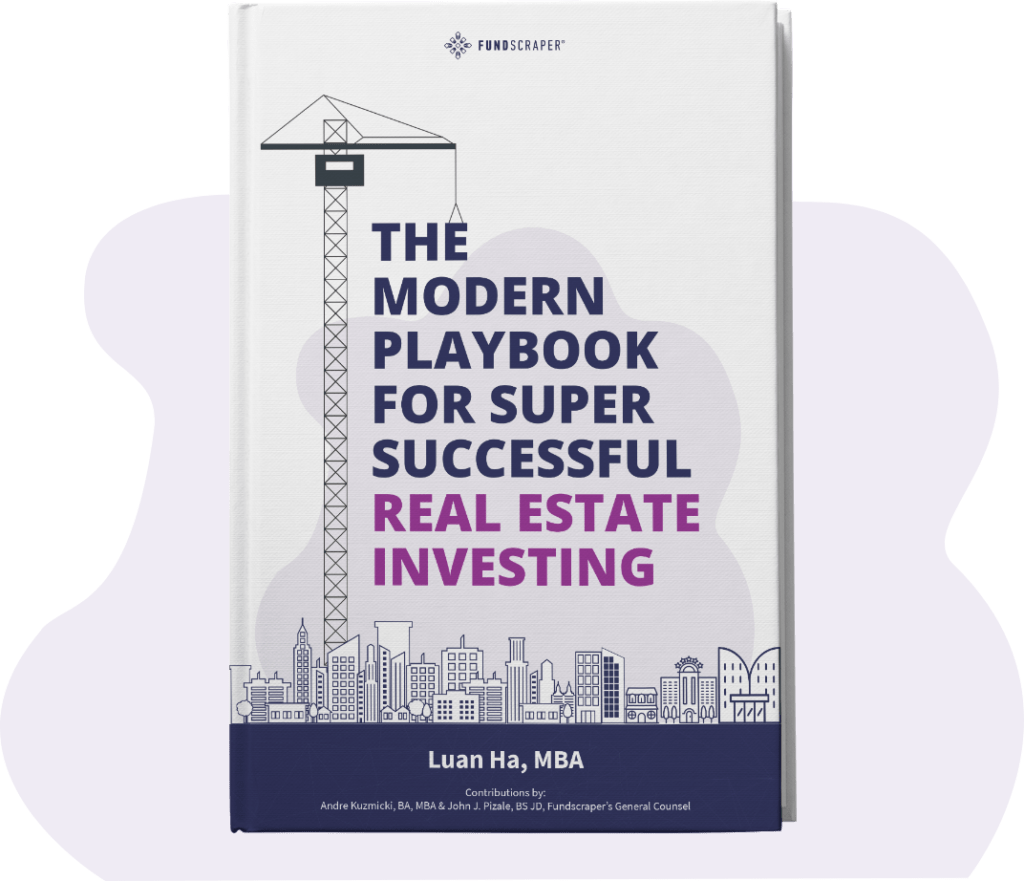Private real estate investment is too often overlooked in an investment world dominated by hedge funds, ETFs, Principal Protected Products, publicly traded shares, and bonds. If you think private real estate investing is only for the wealthy or experienced, think again. Many people don’t realize they can invest their tax free savings account (TFSA) dollars in private real estate.
Key Points
- Many people don’t realize they can invest their TFSA in private real estate. We put together a guide to walk you through the process and show you how to invest with a TFSA.
- Private real estate investing is for everyone, especially because you can use your TFSA to invest and you don’t pay taxes on your profit!
- Investing your TFSA in private mortgages is easy! Nevertheless, it’s important to have your advisor orchestrate the process on your behalf, as there are moving pieces that have to be coordinated.
What Is Investing with a TFSA?
Private real estate investing is for everyone, especially because you can use your TFSA to invest and you don’t pay taxes on your profit! In fact, TFSA investing is an affordable, approachable way to get started. Not sure how to invest with TFSA or what that means? We’ll explain.

Real Estate Investment Trusts (REITs): Investing with a TFSA
The majority of Canadians hold their retirement savings in registered accounts at major financial institutions. When folks open a TFSA they normally invest in stocks, bonds, mutual funds, exchange traded funds, and other public securities that trade on public stock exchanges. Many people believe that is all they can invest in through their TFSAs. But stocks, exchange traded funds, and the like only scratch the surface of what’s possible.
Most people don’t realize they can invest in private mortgage investment entities like mortgage investment corporations (MICs) and mortgage trusts, as well as mortgages directly, with their TFSAs. If you’re interested in doing this, we can help.
Not everyone knows how to invest TFSA funds. Interested in investing through TFSA? Fundscraper can help.
Investing with a TFSA in Mortgages
If you’re interested in investing with TFSA in private mortgages, whether directly or through a mortgage investment entity like a MIC or mortgage trust, the first thing you should do is seek expert advice if you have little experience in the private mortgage markets. The process of direct investing TFSA is not difficult, but if you’ve never done it before, you’ll need an expert to walk you through your due diligence. That’s what we’re here for!
Do you qualify? Find out your investor eligibility here.
Your advisor should be a registered mortgage broker or an exempt market dealer focused on mortgages. At Fundscraper, we’re both. We begin by asking about your investing experience, investment portfolio to date, risk appetite, expectations, current needs, and future needs. This is called a suitability assessment, and it helps us determine whether private real estate is an appropriate investment for you at this juncture of your life. If yes, the next step is identifying a mortgage investment product that would be suitable for you.
Investing Through a TFSA in Commercial Properties
Your tax-free savings account is very flexible. First, determine your TFSA contribution limit. This is very important and easy to do. It’s important because you cannot invest more than the limit CRA imposes on your TFSA account. It is easy to find out what your maximum contribution limit is by going to your “MYCRA” account. You’ll find out there how much available room you have to invest in a TFSA in any calendar year. Unused amounts from previous years are carried over!
Once you know how much you can invest, you’ll need to know what investments qualify for your TFSA account. CRA provides a handy schedule of qualified investments for all registered accounts, including TFSAs, here: Qualified Investments for Registered Accounts. In this schedule, you’ll find that in addition to stocks and bonds, there are other types of investments such as mutual fund trusts and corporations, and special investment vehicles like MICs. If you want to hold a mortgage in your TFSA, you’ll see that certain “debt obligations” also qualify for your TFSA. You cannot hold property directly in your TFSA.
After you make contributions to a TFSA, the investment income that accumulates may be withdrawn by you tax free.
How to Invest with a TFSA Through a Private Limited Partnership
There are two ways to make an investment through your TFSA account.
If this is your first time, you will do the following:
- Visit a bank, trust company, or credit union and ask to open a “self directed” TFSA account.
- Once the account is open, deposit the amount of money you wish to invest into the account.
- Next, you have to instruct the account what to buy. To do this, the financial institution will provide you with a “payment direction” that tells the financial institution, on behalf of the TFSA account held by the financial institution, what security to buy.
- The financial institution will then purchase the security on behalf of the account pursuant to your instruction.
You may already have a TFSA account at a big bank. If you do, that account is likely capitalized with big bank sponsored products like big bank mutual funds and ETF. Once we have found something that is suitable for you, and you know precisely how much you need to make your investment, you will need to contact your big bank account manager. If you want to use what’s there to fund your private mortgage or investment fund investment, you have to take the following few steps. We’ll help you with this process as much or as little as you need:
- Fund your investment. Instruct a big bank account manager to liquidate a fraction of your TFSA holdings to the cash amount you need to make your new investment.
- Open a self-directed TFSA. Ask your financial institution (any Canadian chartered bank or trust company) to do this. If you are purchasing a private investment fund or shares of a mortgage investment company, those issuers will have registered account “service providers” who will help you open your new TFSA self-directed investing account.
- Transfer your liquidated funds to your new account. You’ll complete a “transfer instruction” whereby your new financial institution will request that your current big bank TFSA institution to transfer the liquidated funds to your new self-directed TFSA account.
- Wait for the funds to transfer. The transfer can take up to four weeks. In order to maintain TFSA eligibility, funds must move directly from one TFSA account to another. You cannot withdraw the funds yourself, take them to your financial institution, and deposit them. DO NOT WITHDRAW YOUR MONEY. TRANSFER ONLY.
- Invest your TFSA into private real estate. Once the funds arrive in your self-directed TFSA account, as above, you will issue a payment instruction to tell the self-directed TFSA account to fund your investment in the private mortgage investment entity. The financial institution has a standard form of payment direction that it will provide to you.
The investment income that accumulates in your TFSA may be withdrawn by you tax free!
Investing your TFSA in private mortgages is easy! Nevertheless, it’s important to have your advisor orchestrate the process on your behalf, as there are moving pieces
Summing Up How to Invest with a TFSA
Your registered investment account savings are your nest egg. Be careful with how you employ and invest these funds. Not everyone knows how to invest TFSA funds. Work closely with reputable dealers to first determine whether investing in private mortgage securities is suitable for you and, if so, what the best private mortgage investment products are for you at the time you want to make the investment.
Start Investing in Real Estate Backed Investments Today
Explore the investments available on Fundscraper.





